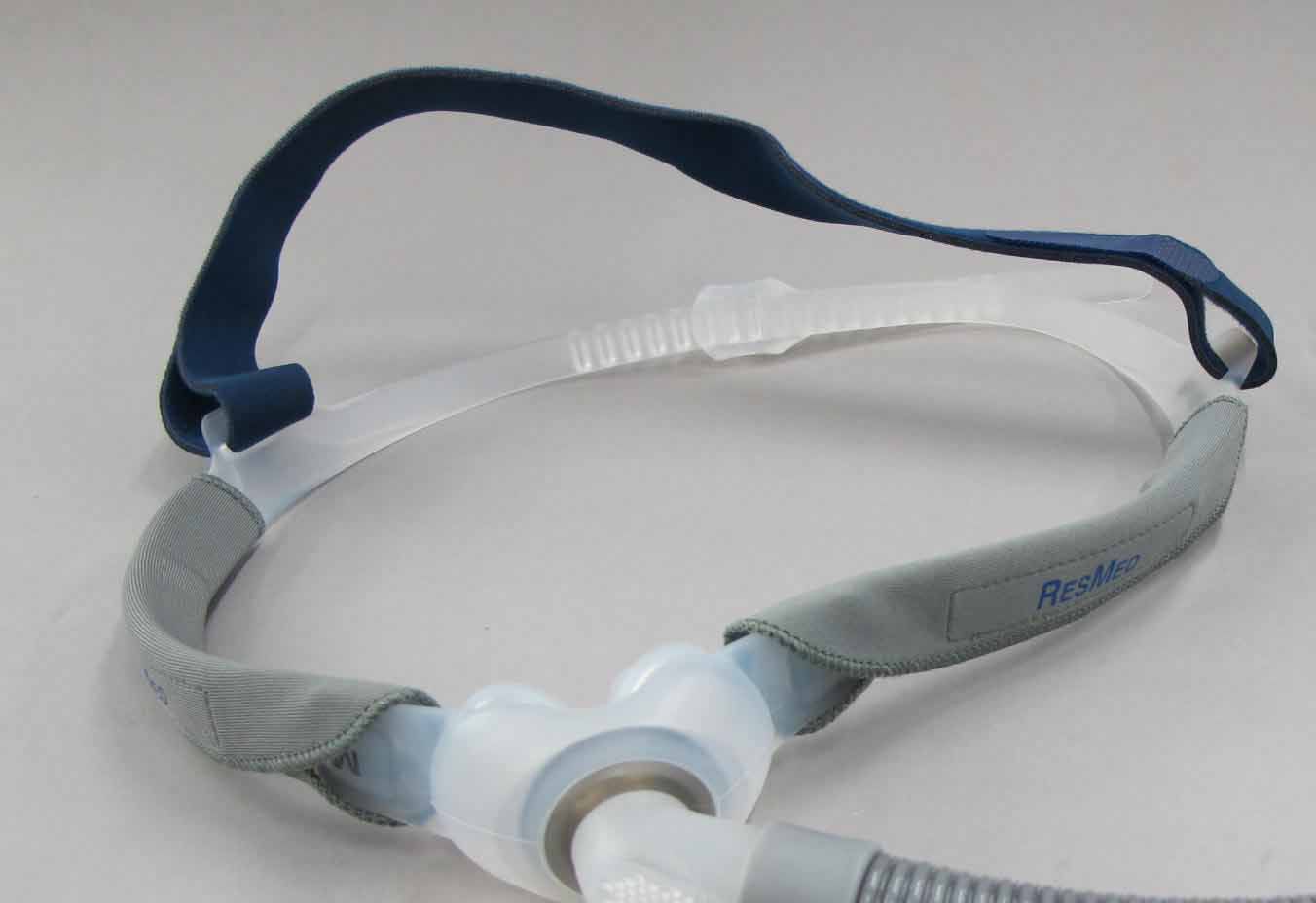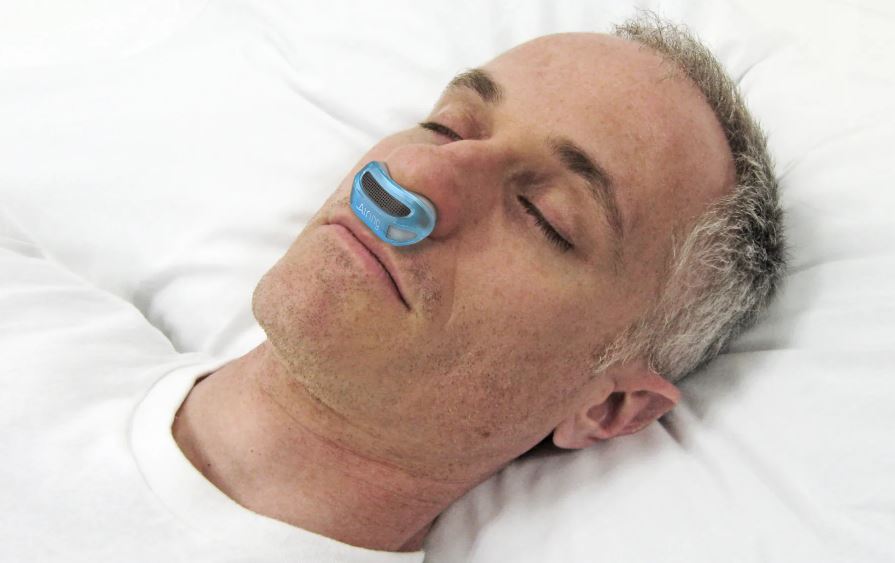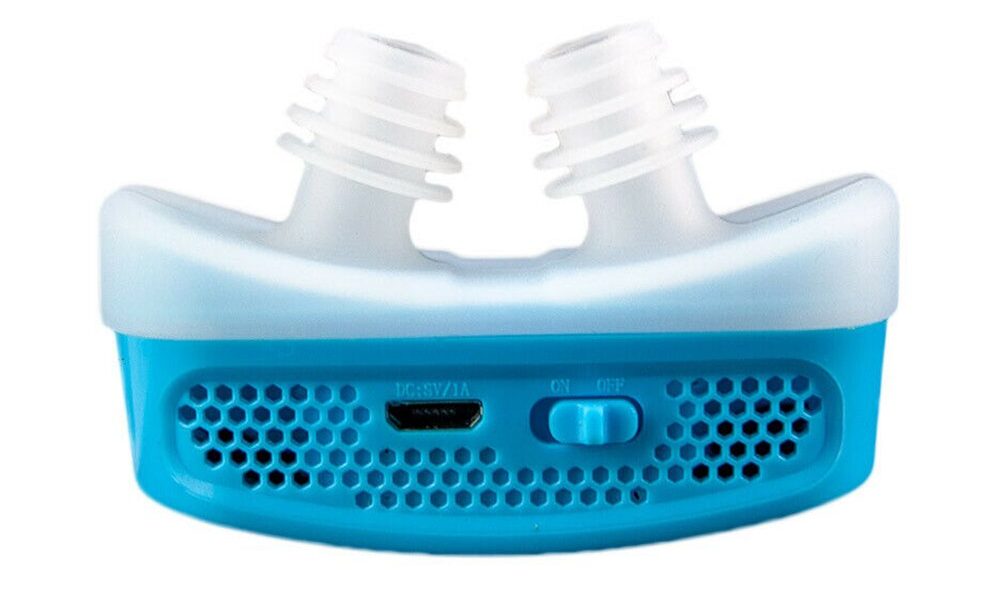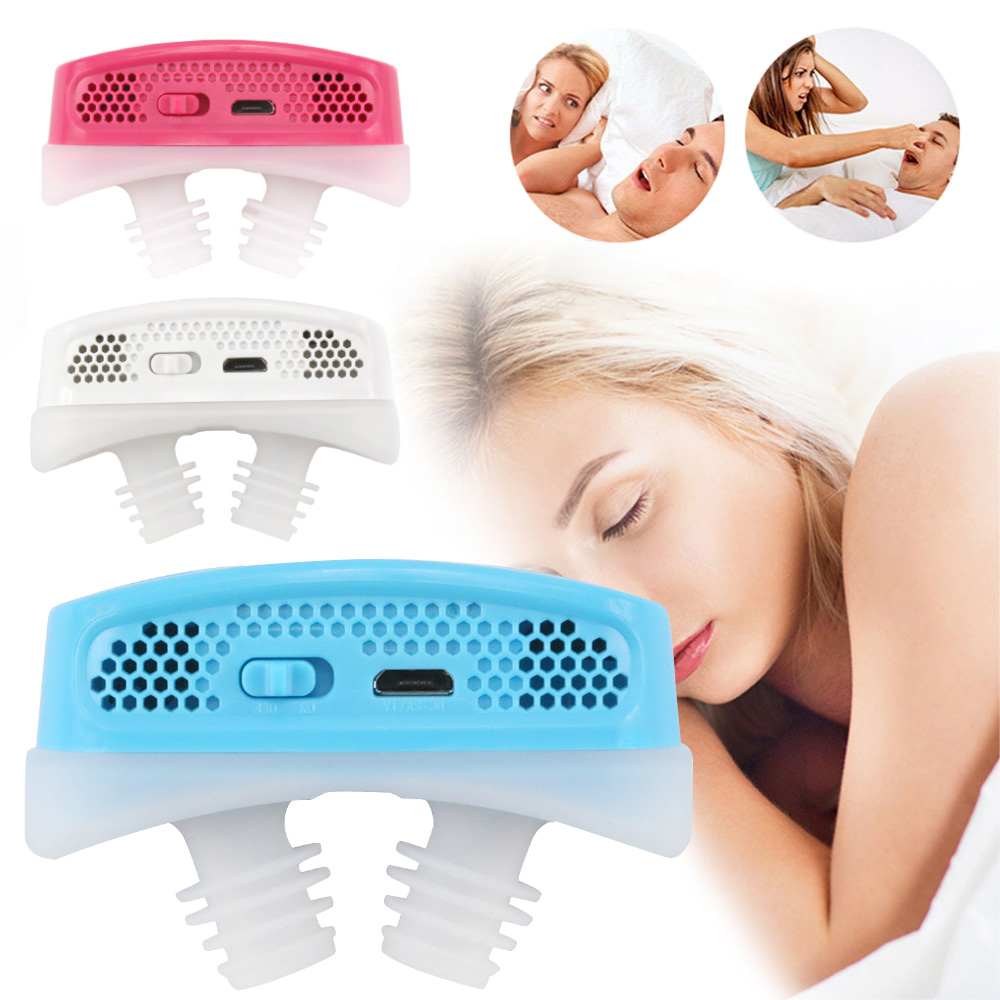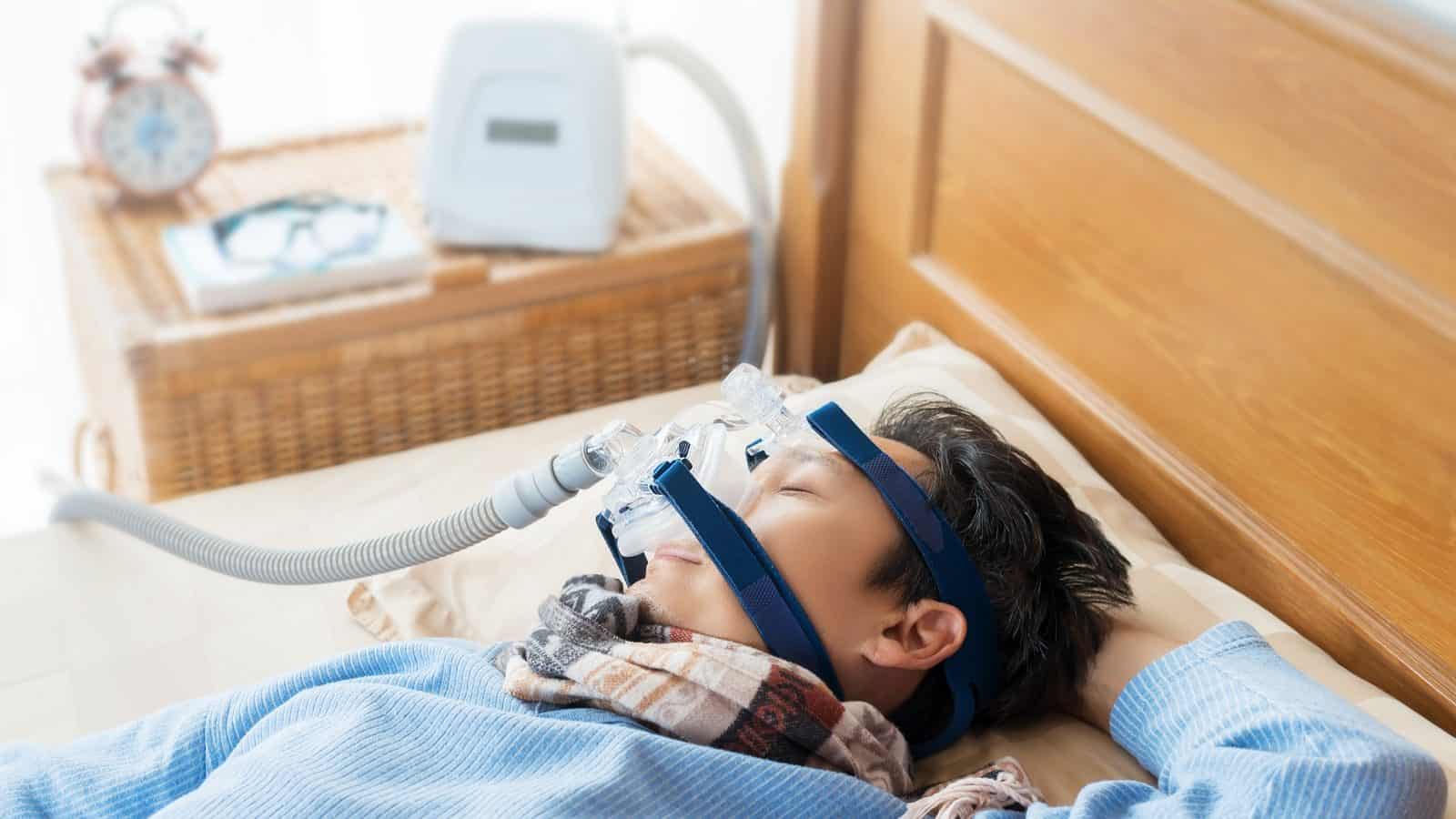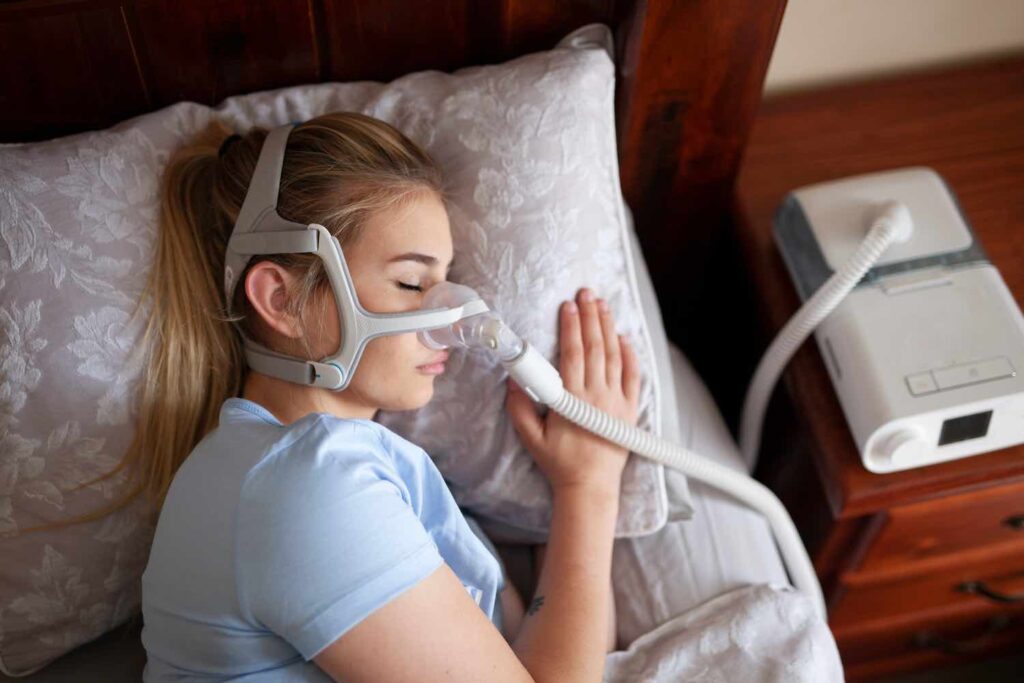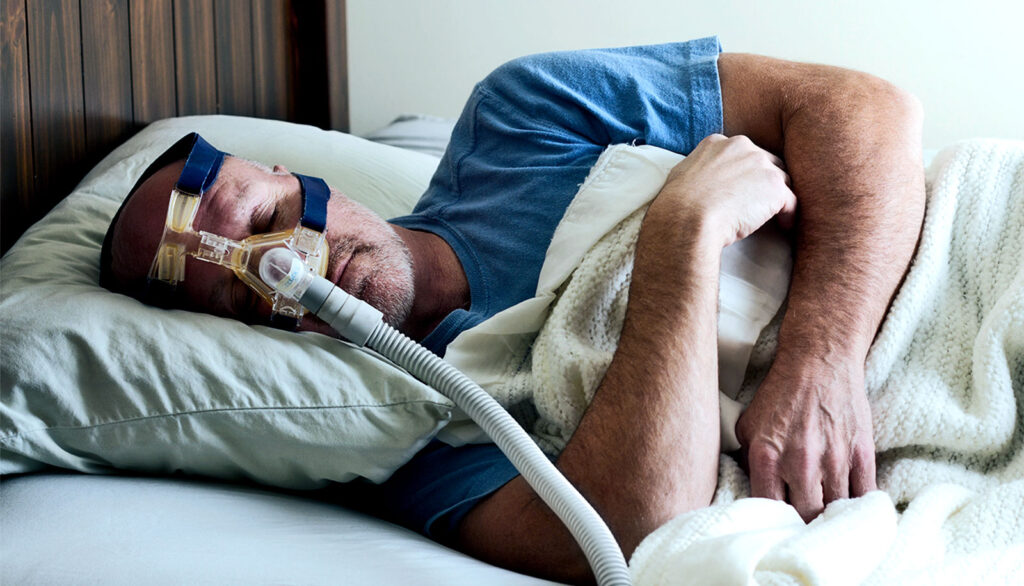ResMed has established itself as a market leader in the CPAP machine and accessories markets overtime. Only in the previous year, ResMed provided treatment to more than 137 million patients in more than 140 nations.
If you are an existing or potential ResMed client, you might be interested in knowing more about the company’s decision to stop manufacturing some of the CPAP masks they currently offer.
Swift and Mirage Masks Will No Longer Be Manufactured by ResMed
ResMed is likely to be an essential component of your treatment plan, regardless of whether you are a patient or a member of the medical community. The recent news made by ResMed that they will be discontinuing two versions of its heritage CPAP masks is extremely noteworthy.

Instead of perceiving it as an annoyance, look at it as an opportunity to improve your system, as ResMed had intended. By March 2023, ResMed will discontinue support for the Swift and Mirage CPAP masks that are listed below:
- Ultra-Mirage Full Face Mask.
- Swift FX Nano Nasal Mask.
- Swift II Nasal Pillows Mask.
- Mirage Micro Nasal Mask.
- Ultra-Mirage II Nasal Mask.
- Swift FX Nano For Her Nasal Mask.
- Swift LT Nasal Pillow Mask.
- Mirage Liberty Full Face Mask.
- Swift LT For Her Nasal Pillow Mask.
After that, the final versions of the CPAP masks will be any of the previously mentioned options that you are able to obtain.
In the next months, ResMed plans to personally inform patients whose CPAP masks have been discontinued by sending package inserts to those patients’ homes in the form of mail. They also have resources available on their website and within the MyAir app developed by ResMed to assist patients in making a smooth transition from older CPAP masks to more modern versions of the device.
See Also: Making a Quieter CPAP Machine and Mask
Why the Decision to Stop Making the Swift and Mirage Masks?
Although ResMed’s Swift and Mirage CPAP masks was already outstanding for CPAP therapy, particularly the nasal cushion CPAP masks, the company’s most recent portfolio is a true game changer and represents a significant step forward for the industry.

Both the Swift and the Ultra Mirage series were pioneers in the development of the enhanced AirFit masks. The Swift is essentially a nasal mask; it has a close fit on the philtrum and very little touch with the rest of the face. Although the masks look to be immaculate, the loudness seemed to bother several of the audience members.
Because of the increased size of the nasal masks on the Ultra Mirage, one of the most significant drawbacks of these masks is that a section of the CPAP mask covers your eyes. Therefore, you won’t be able to watch anything or read anything while you’re wearing the Ultra Mirage CPAP mask.
Every Mirage and Swift mask that is retired will have a corresponding AirFit replacement made available by ResMed. Since additional Swift and Mirage products will probably be discontinued in the near future, you should consider switching to the AirFit series entirely.
The currently available designs from ResMed address all of the concerns voiced by Swift and Mirage users. The new AirFit CPAP masks look to have a more compact design. Because of the considerable upgrades made to the ventilation system, there has been a noticeable drop in the amount of noise.
The technology has progressed to the point that the CPAP mask will not slide off your face while you are sleeping, despite the fact that the new AirFit masks are virtually undetectable while worn on the face.
What are the other options available?
The AirFit N20 mask is the one that ResMed recommends above the Swift and Mirage masks. The AirFit N20 is ResMed’s most popular nasal mask, but there are several AirFit masks available to address specific challenges with your sleep apnea treatment as well.
The design is basic highly functional. According to ResMed, this CPAP mask is compatible with the faces of 99 percent of people around the world, regardless of the size or shape of their faces.
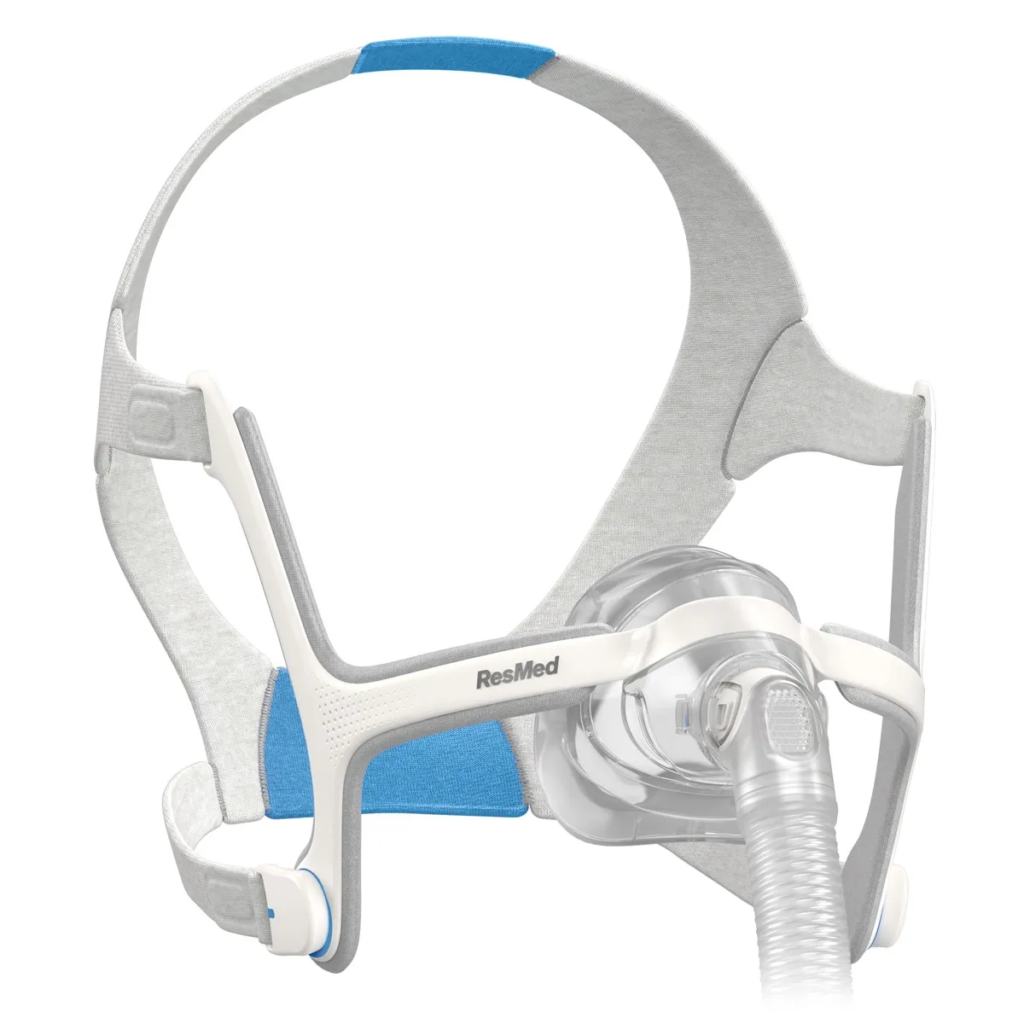
It comes with headgear that covers the top and the back of your head but does not disturb the majority of your hair in any way. The frame travels along both sides of your face before meeting in the centre of your nose bridge.
The cushion is designed to be inserted into the frame at the nose, and it will just cover your philtrum. You can then remove the tubing from the cushion and reassemble it as required. The area surrounding your mouth and eyes is exposed as a result of the design. It is possible for you to continue wearing glasses and engage in conversation while using a CPAP machine.
On the other hand, patients undergoing CPAP therapy with the ResMed AirFit N20 who experience mouth-breathing may not see significant improvement with this device.
They might be more comfortable with the AirFit F30i, AirTouch F20, AirFit F20, or AirFit F30. If you have a beard, the AirFit P10, AirTouch F20, and AirTouch N20 are the models that would work best for you. People who have sensitive skin or allergies seem to prefer the AirTouch F20, AirFit F20, AirTouch N20, and similar products.
Conclusion
In the event that you were unable to catch ResMed’s notice regarding the retirement of the mask, there is no reason for alarm. ResMed will send you individualised notifications and reminders so that you won’t have to scramble at the last minute to adjust to a new CPAP mask setting.

